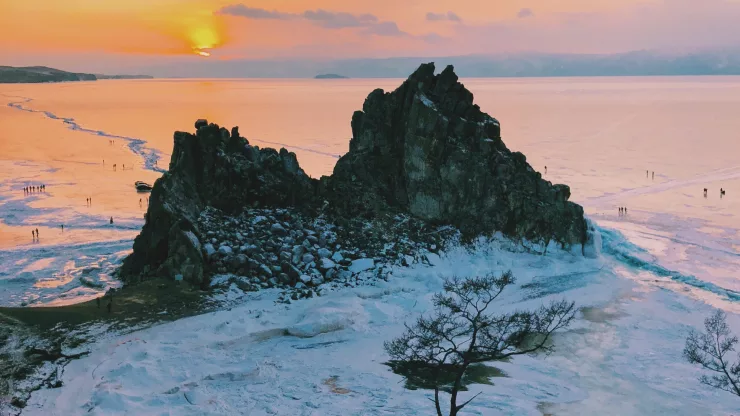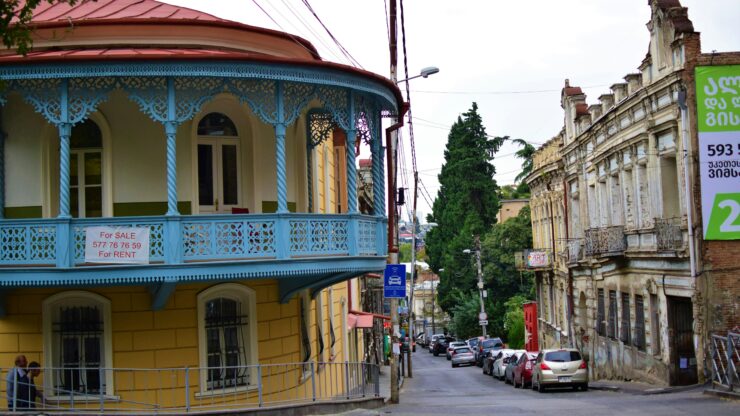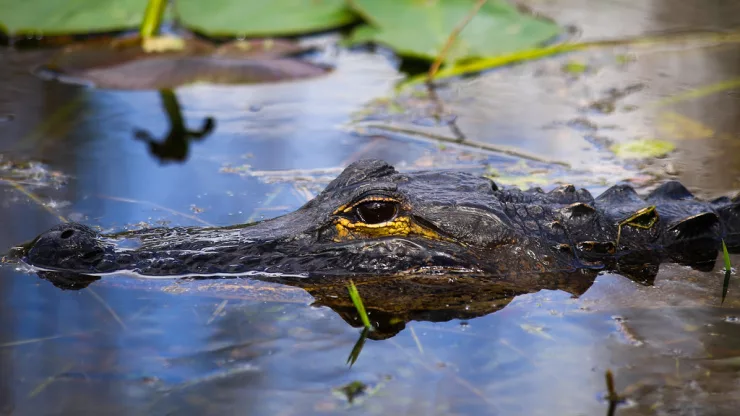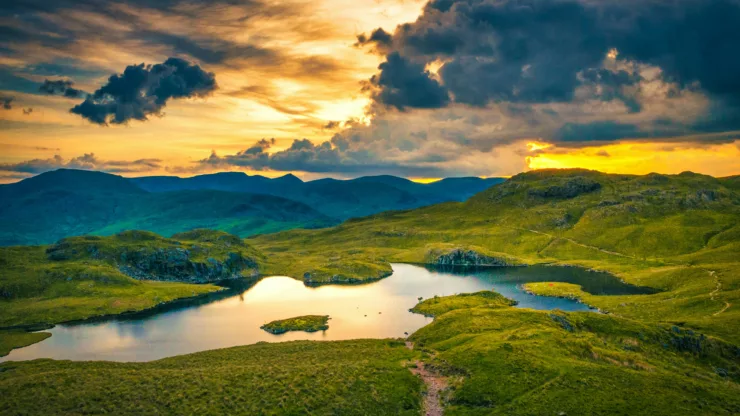Lake Baikal: Exploring Russia’s Rich Wildlife
Nestled in the heart of Russia, Lake Baikal is a breathtaking natural wonder with a rich and diverse ecosystem.
Considered one of the world’s oldest and deepest lakes, Lake Baikal is home to a wide range of flora and fauna, some of which are found nowhere else on earth.
In this article, we will delve into the fascinating world of Lake Baikal, exploring its geography, wildlife, human settlements, and conservation efforts.
Jump to Section
Introduction
Overview of Lake Baikal and its significance
Lake Baikal is a unique freshwater lake located in the southern part of Siberia.
It is the largest freshwater lake by volume in the world, holding about 20% of the world’s unfrozen freshwater.
The lake is also the deepest in the world, with a maximum depth of 1,642 meters.
It is considered one of the most significant natural wonders on the planet and is a UNESCO World Heritage Site.
Brief history of Lake Baikal
Lake Baikal is estimated to be between 25 and 30 million years old, making it one of the oldest lakes in the world.
The lake is believed to have formed as a result of tectonic activity, with the Baikal Rift Zone creating the basin that eventually filled with water.
The lake has been an important site for human settlement for thousands of years, with evidence of human habitation dating back to prehistoric times.
Location and Geography
Geographic location of Lake Baikal
Located in the southern part of Siberia, Lake Baikal is surrounded by mountains and forests.
The lake is situated in the Irkutsk Oblast region of Russia, near the Mongolian border.
It is approximately 636 kilometers long and 80 kilometers wide, with a total surface area of 31,722 square kilometers.
Physical characteristics of Lake Baikal
Lake Baikal is a unique freshwater lake with several distinctive features. The lake is incredibly deep, with a maximum depth of 1,642 meters.
It is also incredibly clear, with visibility up to 40 meters. The lake is also extremely cold, with an average temperature of 8°C.
Climate and weather patterns around Lake Baikal
The climate around Lake Baikal is characterized by long, cold winters and short, mild summers.
The temperature around the lake can vary greatly depending on the season, with temperatures ranging from -20°C in winter to 16°C in summer.
The lake is also subject to strong winds, which can create large waves and choppy waters.
Flora and Fauna
Overview of the plant species found around Lake Baikal
Lake Baikal is home to a diverse range of plant species, including more than 1,000 different types of algae.
The lake’s shores are also home to a variety of trees and shrubs, including larch, pine, cedar, and birch.
Discussion of the various animal species found in Lake Baikal
Lake Baikal is renowned for its rich and diverse ecosystem, with more than 3,000 animal species calling the lake home.
Some of the most notable species include the Baikal seal, a unique freshwater seal found only in Lake Baikal, and the omul, a fish species that is an important food source for local communities.
Importance of Lake Baikal’s flora and fauna
The flora and fauna of Lake Baikal are incredibly important to the local ecosystem and to the wider world.
Many of the species found in the lake are endemic, meaning they are found nowhere else on earth.
The lake is also an important site for scientific research, with scientists studying the unique species found within the lake to learn more about evolution and biodiversity.
Human Settlements and Tourism
Overview of human settlements around Lake Baikal
There are several small towns and villages around Lake Baikal, many of which are home to indigenous communities.
These communities have lived around the lake for thousands of years and have a deep understanding of the local ecosystem.
The impact of human activities on Lake Baikal
Human activities, including pollution and overfishing, have had a significant impact on the ecosystem of Lake Baikal.
In recent years, there has been growing concern about the impact of tourism on the lake, with some experts warning that increased tourism could harm the fragile ecosystem.
Tourism in Lake Baikal and its effects on the ecosystem
Despite the concerns about the impact of tourism, Lake Baikal remains a popular destination for visitors from around the world.
Tourism in the region is centered around outdoor activities, including hiking, fishing, and wildlife watching.
While tourism can bring economic benefits to the region, there is a growing need for sustainable tourism practices to minimize the impact on the local ecosystem.
Research and Conservation Efforts
The significance of research in Lake Baikal
Lake Baikal is an important site for scientific research, with scientists studying the unique ecosystem of the lake to learn more about evolution and biodiversity.
Research in the region has helped to increase our understanding of the lake’s flora and fauna and has identified threats to the ecosystem.
Current conservation efforts in Lake Baikal
There are several conservation efforts underway to protect the ecosystem of Lake Baikal.
These efforts include projects to reduce pollution, to promote sustainable tourism, and to protect endangered species.
There is also a growing awareness of the need for international cooperation to protect the lake, with Russia working closely with neighboring countries to develop sustainable policies.
Future conservation efforts and challenges
While there have been significant efforts to protect the ecosystem of Lake Baikal, there are still many challenges ahead.
Climate change, pollution, and habitat destruction are all major threats to the lake’s flora and fauna.
To protect the lake for future generations, there is a need for continued research and conservation efforts.
Conclusion
The Significance of Lake Baikal’s Ecosystem
Lake Baikal is a unique and precious natural wonder, with a rich and diverse ecosystem.
The flora and fauna of the lake are incredibly important to the local ecosystem and to the wider world.
As such, it is crucial that we work to protect this fragile ecosystem for future generations.
Final Thoughts and Recommendations for Preserving Lake Baikal’s Ecosystem
To preserve the ecosystem of Lake Baikal, we need to work together to reduce pollution, to promote sustainable tourism, and to protect endangered species.
This will require continued research, investment, and international cooperation.
By working together, we can ensure that Lake Baikal remains a natural wonder for generations to come.
FAQ
What is the best time to visit Lake Baikal?
The best time to visit Lake Baikal is during the summer months, from June to September.
During this time, the weather is mild, and the lake is at its warmest.
What are the most popular activities to do around Lake Baikal?
The most popular activities around Lake Baikal include hiking, fishing, and wildlife watching.
Visitors can also take boat tours of the lake and visit local museums and cultural sites.
Can I swim in Lake Baikal?
Swimming in Lake Baikal is possible, but the water is extremely cold, even during the summer months.
It is recommended that visitors wear wetsuits or other protective gear if they plan to swim in the lake.
I’m a nature enthusiast and creator of Metro Wilds and have spent years exploring the great outdoors.
With a passion for environmental conservation and sustainability, I have dedicated my career to writing about the beauty and wonders of nature, as well as the threats facing our planet.
Contact me at [email protected] for assistance.





